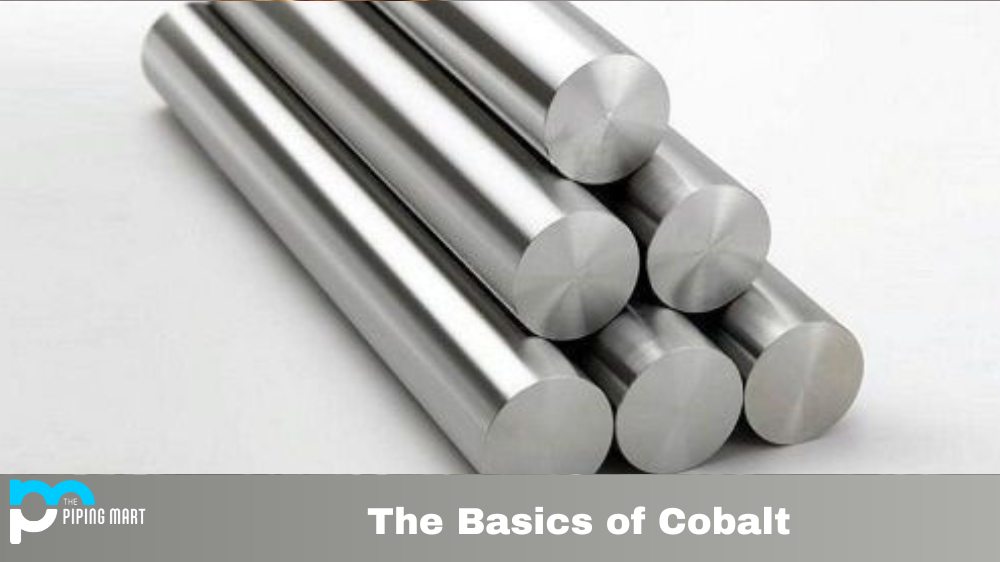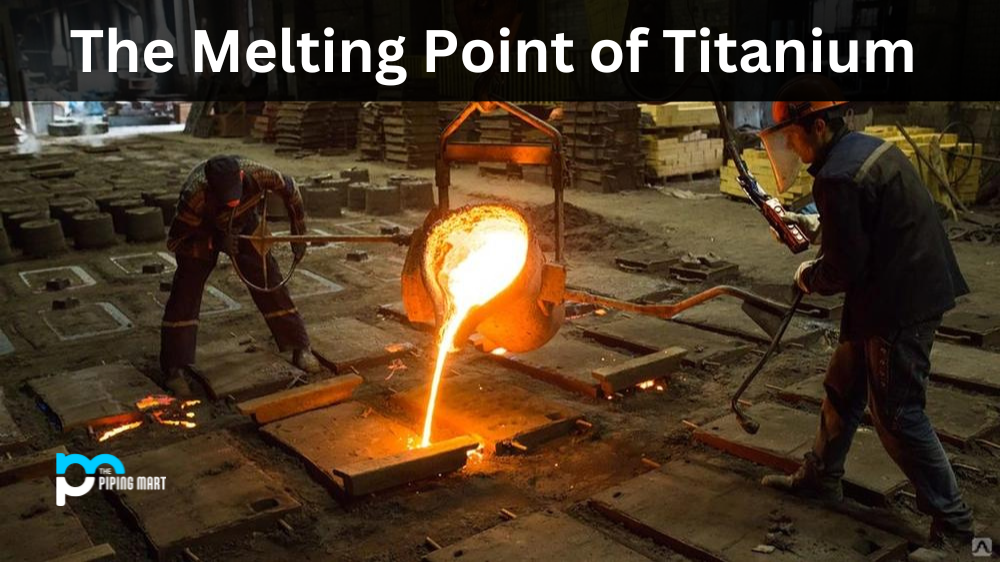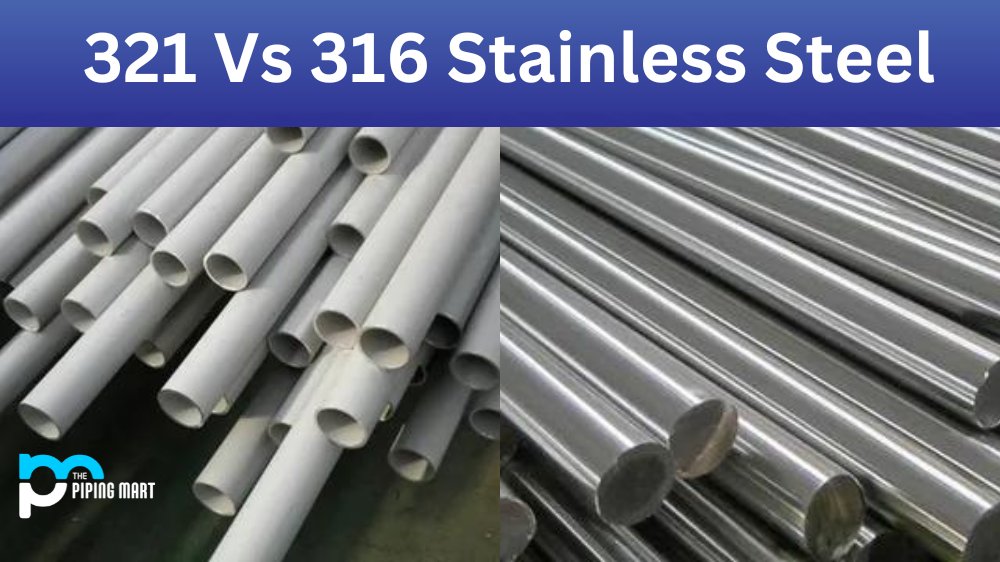Cobalt is a chemical element with the symbol Co and atomic number 27. It’s a transition metal, meaning it has a variety of uses across different industries. So, what is cobalt? How does it behave? What are its properties and applications? Let’s take a look.
Mass and Density of Cobalt
Cobalt has an atomic mass of 58.93 u (unified atomic mass units) and a density of 8.9 g/cm3. The density at room temperature is 2.6 times higher than water’s density. This makes cobalt an ideal choice for many industrial processes due to its high melting point and hardness compared to other metals in the same category.
Origin of Cobalt
Cobalt was first discovered in 1735 by Swedish chemist Georg Brandt and isolated as an element in 1739 by Swedish apothecary Axel Fredrik Cronstedt. It is mainly found in deposits near the surface of the earth or buried deep beneath it, often combined with other elements such as nickel, iron, copper and manganese.
Valency of Cobalt
The valency of cobalt is two, meaning that it has two electrons that can interact with other atoms or molecules to form compounds or bonds. This valency can be seen when cobalt interacts with oxygen, sulfur or nitrogen to form various compounds such as oxides (CoO), sulfides (CoS2), and nitrates (Co(NO3)2).
Recycling Cobalt
Cobalt can be recycled through various methods, such as chemical leaching or thermal reduction technologies, which allow us to recover cobalt from spent batteries or electronic waste before being disposed of. Not only does this help conserve resources, but it also helps reduce environmental pollution caused by improper disposal methods like landfills or incineration plants.
Is Cobalt a Good Conductor Of Electricity?
Yes! Cobalt is a great conductor because its electrons have low resistance when exposed to electric current flow. Hence, it conducts electricity quite efficiently compared to other materials like rubber or plastic which have higher resistances when exposed to electrical current flow. Additionally, cobalt’s ability to resist corrosion makes it an ideal choice for use in electrical systems due to its durability over time when exposed to moisture or air-borne particles which can cause oxidization damage on less durable conductors like aluminum or copper wires over time if not properly maintained or protected from these environmental conditions.
Is Cobalt A Metal Nonmetal Or Metalloid?
Cobolt is classified as a metal since it displays characteristics such as malleability, ductility, and metallic luster, making them ideal for use in many different industries where these qualities are necessary such as the electronics industry where metals like copper and aluminum serve important roles in providing components for our electronic devices like computers, phones, etc.
Conclusion:
In conclusion, cobalt definitely fits the bill whether you’re looking for a highly conductive material for your wiring projects or need something that’s resistant against oxidation damage over time! With properties such as low resistance when exposed to electric current flow, malleability, ductility, metallic luster, good recyclability, etc., cobalt certainly deserves its place amongst the most versatile metals around today! If you’re looking for something that offers all these qualities, then look no further than cobalt!

Meet Bhavesh, a seasoned blogger with a wealth of knowledge and experience. From metal products manufacturing to retail, Bhavesh has a diverse background in various industries and is dedicated to sharing his insights and expertise with readers.




